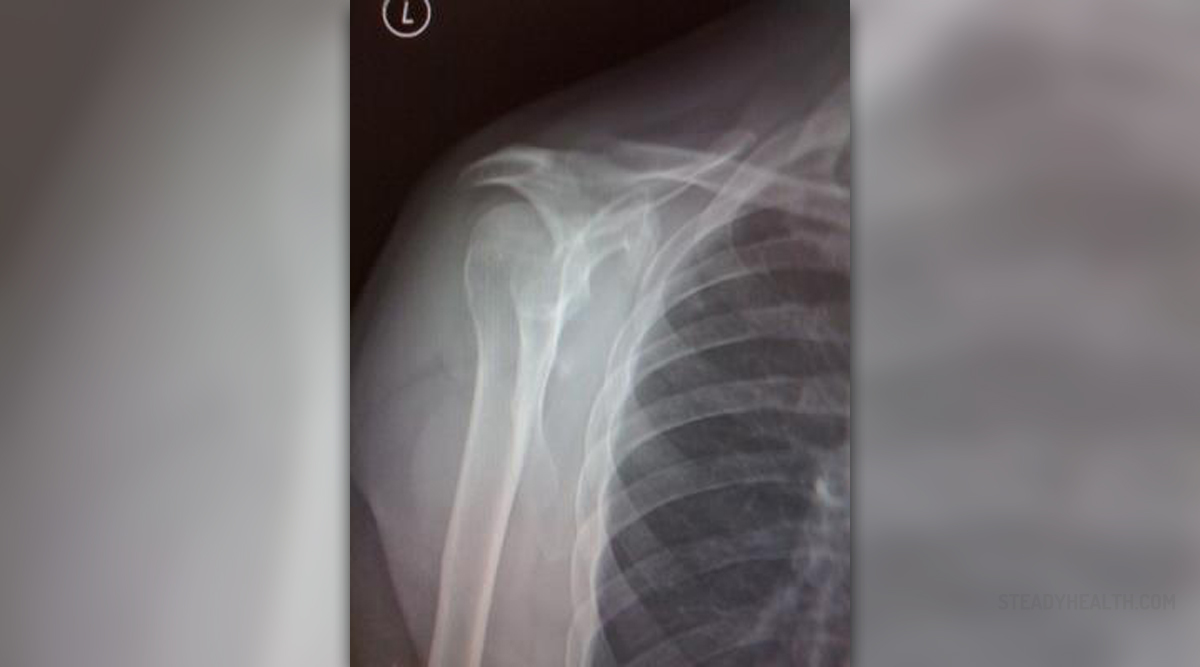
Arm and shoulder
It is said that what separates humans from other animals is the ability to walk on hind legs. This happened because it was more useful to do something smarter with our front legs than use them for support. Just see how many precise, delicate or different motions you can do with your hand. It is believed by some scientists that the brain has evolved towards being so powerful so that it could provide adequate level of control for such a precise instrument as human hand is.
This myriad of things that we do with our hands and that are necessary in everyday life, starting from the simplest things, is allowed by system of joints in our hands that can bring it in virtually any position relative to our body. In example, just see how much rotation you have in the shoulder joint alone, and remember how much weight a hand can carry or move because the shoulder muscles are so powerful. This is allowed by presence of a complex joint in the shoulder, which is of a ball and socket type. The top of the upper arm bone (ball) rests in the socket on the scapula and is attached to it by the rotator cuff, a complex system of muscles and tendons. The collarbone further supports this structure. All in all, human shoulder is a very complex and delicate joint.
Therefore, a simple injury may cause your hand to become unreliable and painful to use, or to carry around. This is the inflammation or injury to the tendons of the rotator cuff, or rotator cuff tendonitis, or tennis shoulder, or pitcher's shoulder.
Causes of rotator cuff inflammation
Typically, this is caused by the frequent placement of a hand or hands above the head. This is common in sports like tennis, swimming or weightlifting, or it can be an occupational injury. Tendons of the rotator cuff become inflamed and, it is even possible for them to tear.
Symptoms
The usual symptom of tennis shoulder is pain in the shoulder, which occurs when you move the hand, or at night, or when you try to raise the hand above the head. Shoulder also may feel weak and it seems as if you lack the strength to move your hand in the shoulder.
Treatment options
Conservative treatment in the form of physical therapy that strengthens the muscles of the shoulder is recommended, while painkillers might be used if the pain is too strong. This is an option when there is no tear in the tendons, just inflammation. For a majority of patients, surgery is not necessary. However, if there is a tear in the tendons or if the condition fails to improve, surgery becomes an option. The type of surgery that will be used depends on the size and location of the tear, surgeon's preference and activities that you will be engaging after the surgery. Proper rehabilitation and restraining from activities that may re-injure the healing tendons are essential after the surgery. Most patients may expect a full recovery.


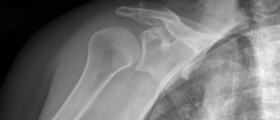


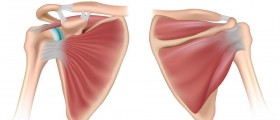


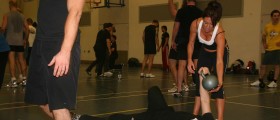






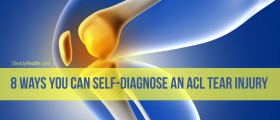

Your thoughts on this
Loading...